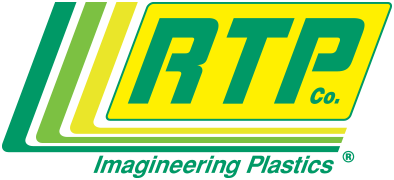Overview
There are many types of nylons commercially available. The versatility of nylon makes it one of the most widely used engineering thermoplastics. Commercial nylons include nylon 6, nylon 4/6, nylon 6/6, nylon 6/10, nylon 6/12, nylon 11 and nylon 12. The numerical nomenclature for nylon is derived from the number of carbon atoms in the diamine and dibasic acid monomers used to manufacture it. The ratio of carbon atoms is what gives each nylon type its unique property characteristics.
Nylon 6/12 was developed as a low moisture absorbing nylon. The low moisture absorption characteristics are derived from its chemical structure; the greater the number of carbon atoms separating the amine groups, the lower the moisture absorbed. With lower moisture absorption, nylon 6/12 does not swell like nylon 6 or nylon 6/6. The reduction in moisture absorption results in a polymer with less ductility than nylon 6 or nylon 6/6. The physical properties and HDT of the polymer are also lower due to reduced crystallinity on the polymer.
Like other nylons, nylon 6/12 is very easily modified to improve wear resistance and physical properties via fiber reinforcement and internal lubricants. nylon 6/12 compounds are used in a wide range of applications including gears, cams, structural, and electrical components. Nylon 6/12 is an excellent candidate material for applications requiring good physical properties, high heat resistance, moisture and chemical resistance and good dimensional stability.
Additional Information
- DATA SHEETS: RTP 200 D Series nylon 6/12 compounds physical properties
- CASE STUDIES: Applications using nylon compounds




